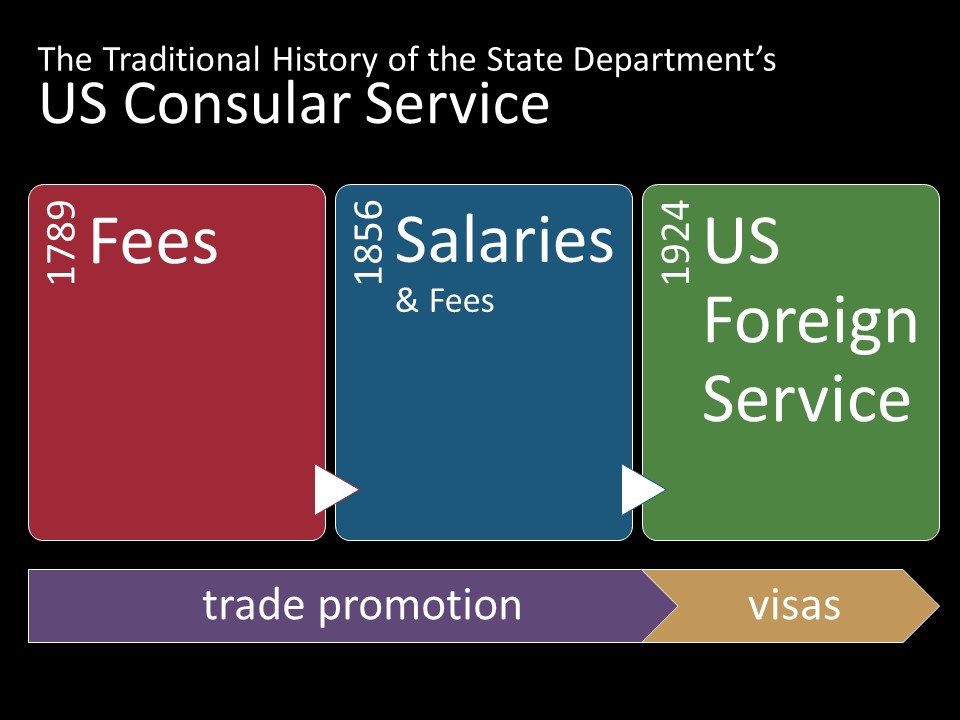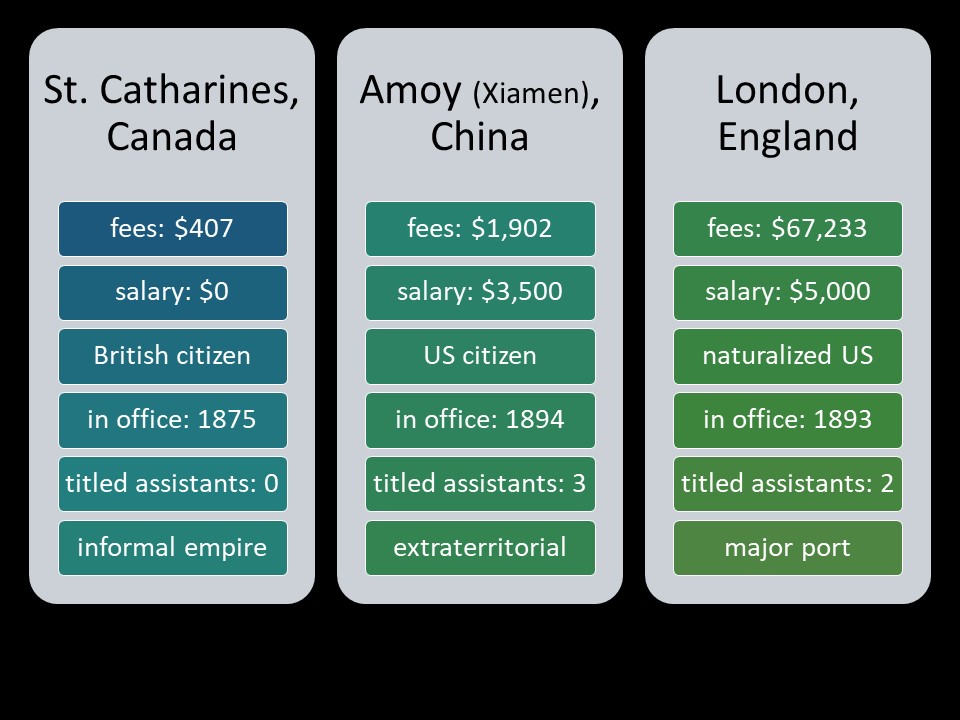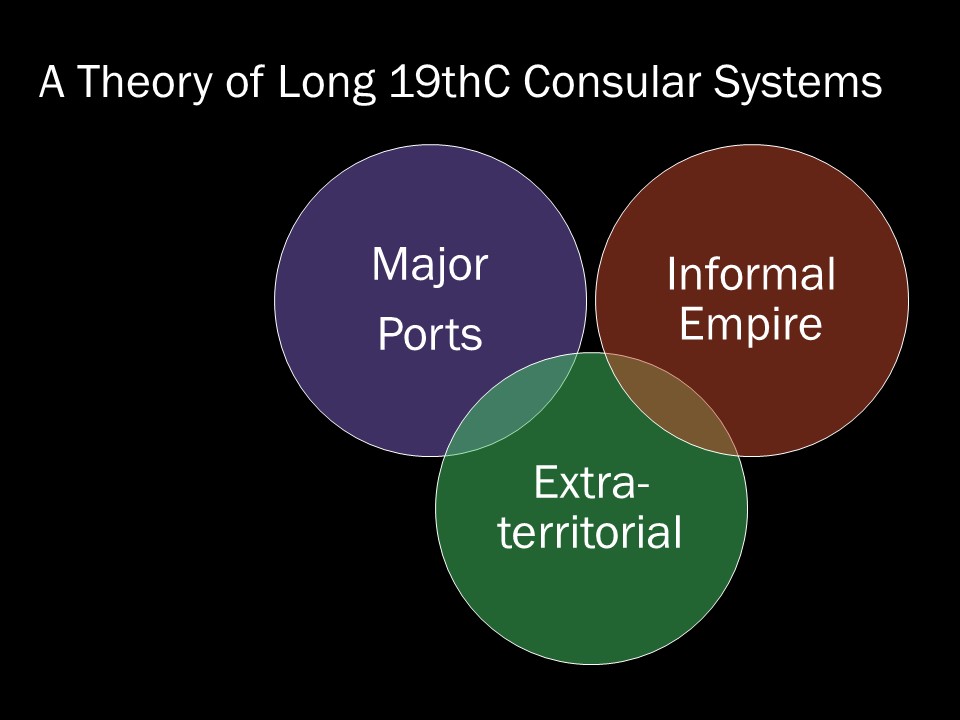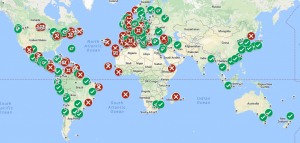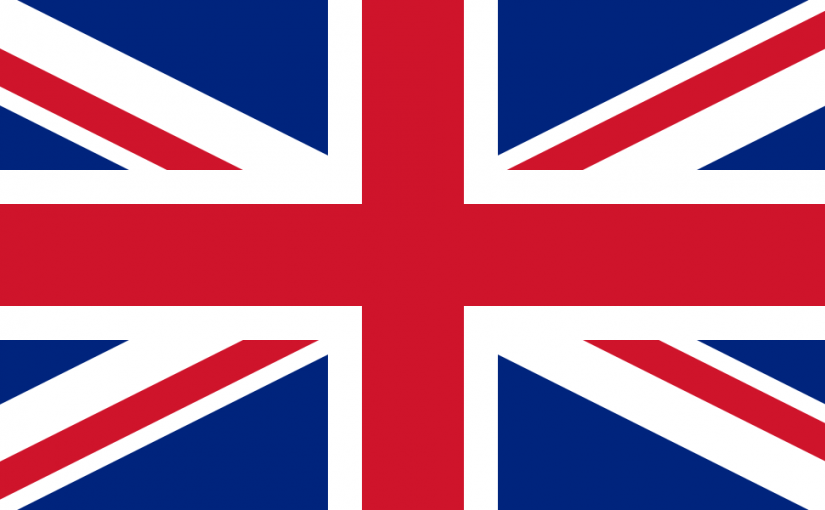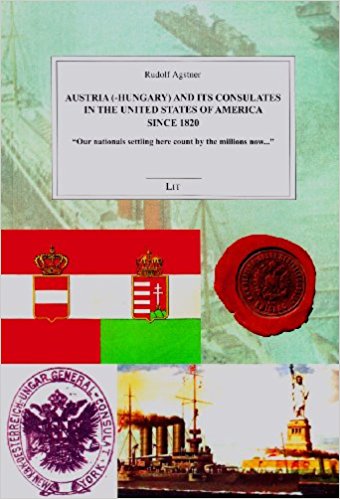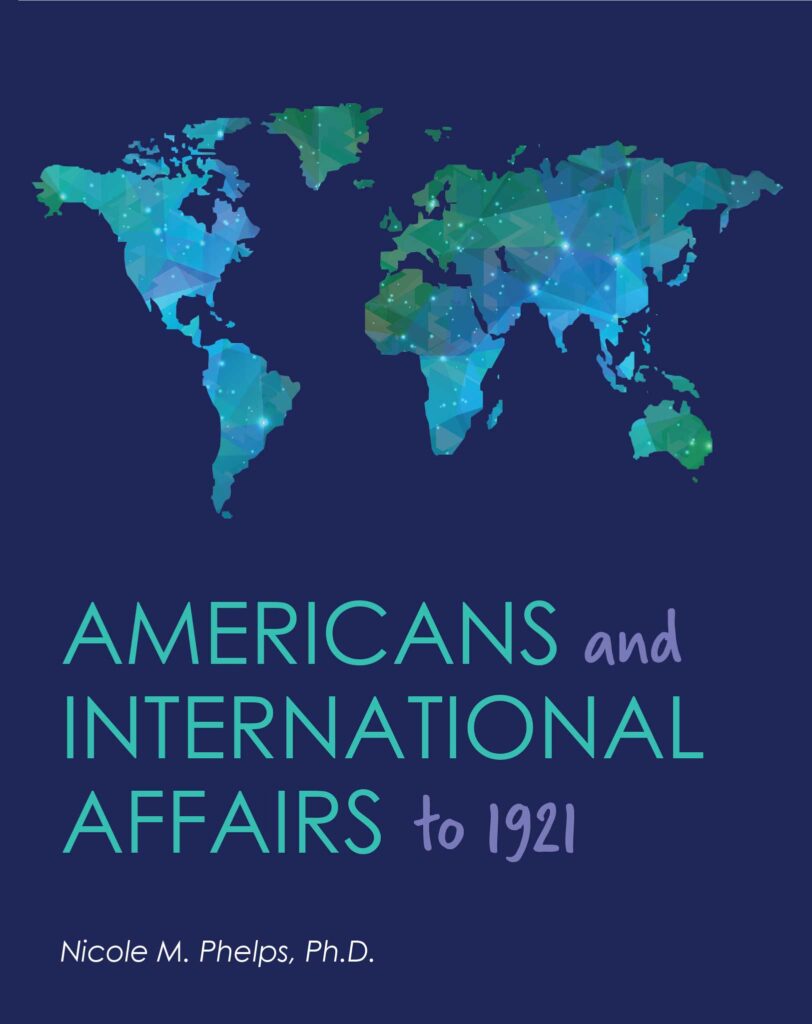
My new US diplomatic history textbook is now out and available for adoption! It has primarily taken a long time to come to fruition because of all the work with the publishing company to create workable maps; I am very, very glad to be done with that process!
The book can stand alone as an interpretation of the history of the United States in the world to 1921, but it is designed to be one component of a more broadly conceived course. I chose to focus on issues of sovereignty and border construction in relations with Britain and Native Americans, with the idea that instructors would augment this narrative with their own work on other parts of the world and/or via student research projects. The book also contains the text of a half-dozen essential primary sources and more than eighty maps and images that can provide the basis for assignments and discussion.
The book is available on Amazon, but at this point buying directly from the publisher is cheaper, and that’s definitely where you want to start if you’re considering adopting the book for your course. I am also building a teaching-related site to support the book.
